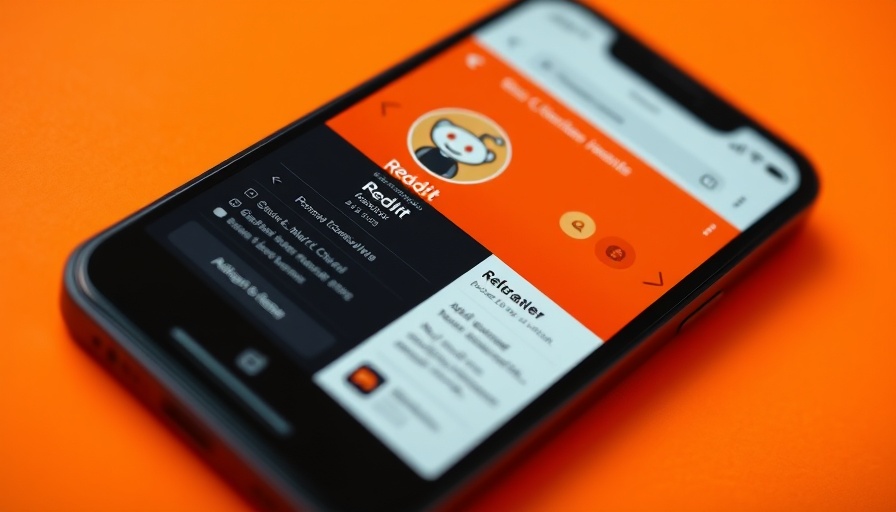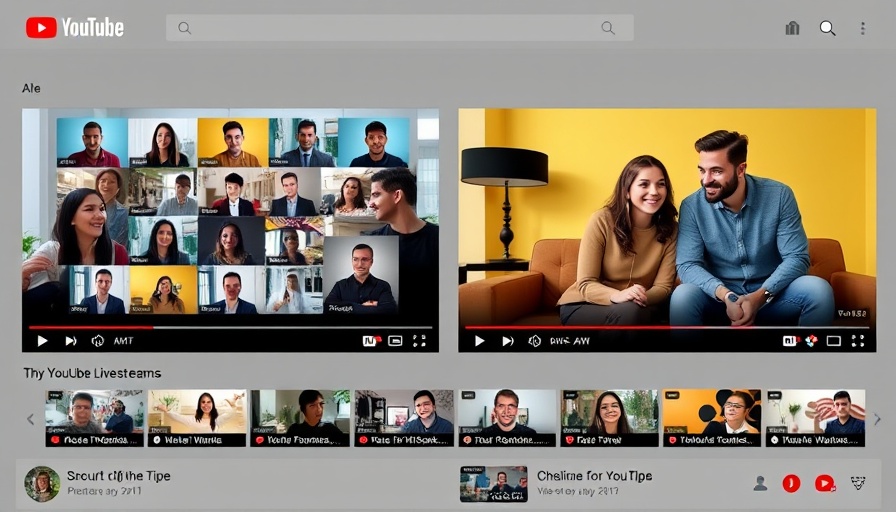
The Shift to Revenue Sharing: What It Means for Users
X, previously known as Twitter, is shaking up its Enterprise API pricing model in a way that could significantly alter the financial landscape for users looking to leverage its data. Beginning July 1, X will transition from a fixed access fee—currently set at $42,000 per month—to a revenue-sharing model. Under this new scheme, the company will take a percentage of earnings generated by projects that utilize its data.
Implications for Businesses and Marketers
This change holds profound implications for business owners and marketing professionals who depend on real-time data. By providing access to X's vibrant, timely discussions, businesses can glean insights that allow them to respond quickly to market changes and customer preferences. However, with the shift to revenue share, the cost of sourcing this data will now depend on the success of users’ projects. Hence, the profitability could vary considerably.
AI Projects and Market Trends
Importantly, the timing of this change aligns with the growing demand for data in AI development. Organizations engaged in creating AI tools require vast amounts of data to train their algorithms. X’s data can be particularly valuable due to its immediate responsiveness to current events, a feature that traditional databases cannot always provide. This leaves businesses at a crossroads: how effectively can they integrate X's data while managing the uncertainty of revenue-sharing costs?
Real-Time Insights: An Indispensable Tool
X's platform is not only vital for marketers but also for traders and analysts tracking stock market movements. The ability to spot trends and public reactions in real-time can offer a competitive edge. Yet, determining how X will evaluate the value of its data in driving increased revenues remains a complex question. Businesses will need to navigate this new model carefully to maintain profitability.
Conclusion: The Path Forward for Users
The revamped API pricing strategy from X presents both opportunities and challenges. By shifting to a revenue-sharing model, businesses can tap into the wealth of real-time data on social media, provided they can effectively monetize their projects. As we move closer to the implementation date, businesses need to strategize on how to best utilize this data to ensure sustainability and growth.
 Add Row
Add Row  Add
Add 




 Add Row
Add Row  Add
Add 

Write A Comment